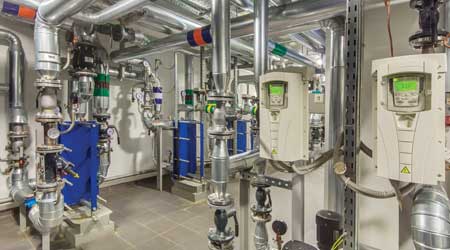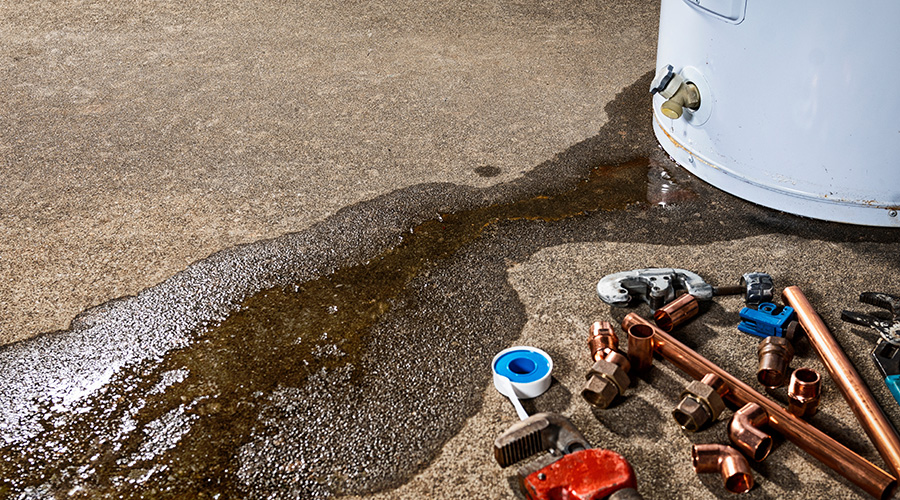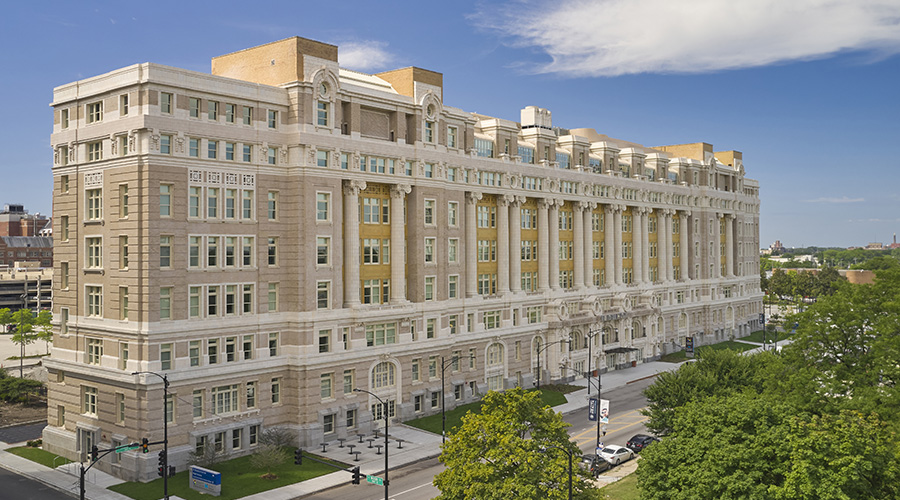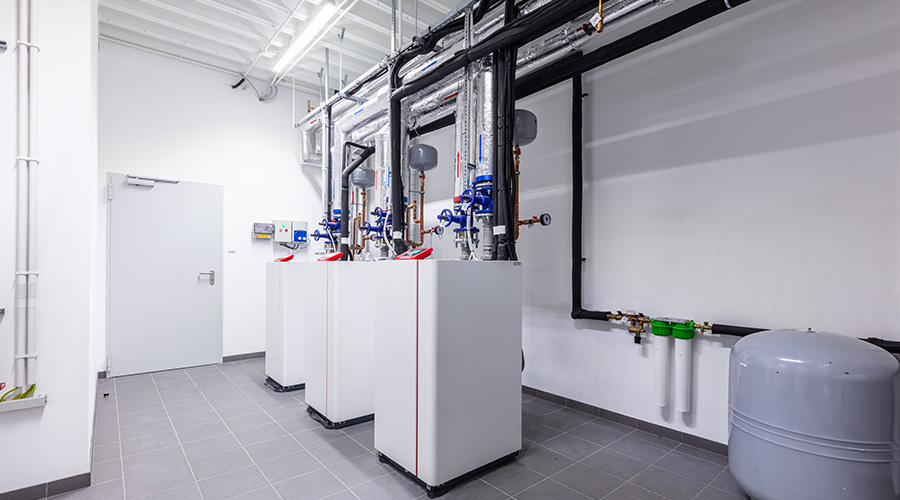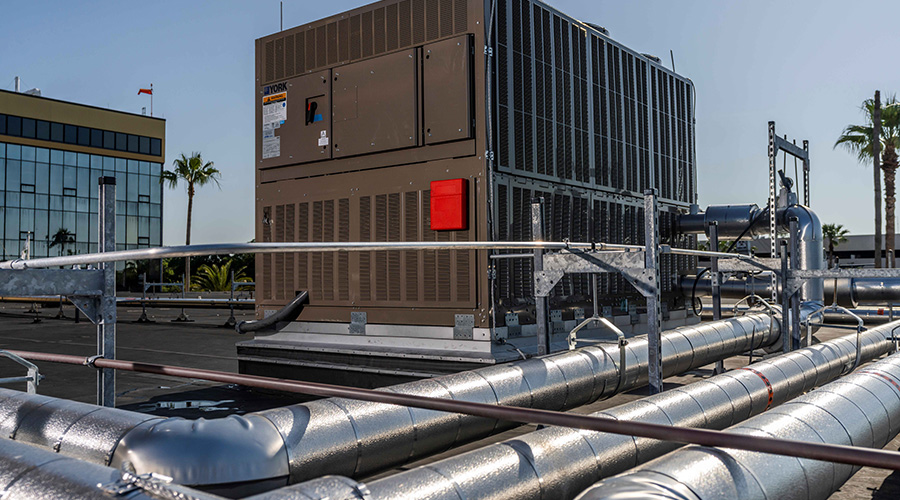Boilers and Water Heaters: Energy-Efficiency Strategies
By understanding system operations, maintenance needs and training considerations, managers can ensure efficient performance
Boilers and water heaters are complex systems to operate and can be just as complex to maintain. Because of the potentially high costs related to each of these functions, maintenance and engineering managers are under mounting pressure to ensure the efficiency of both the maintenance and the operation of these systems.
By understanding key differences in the operation and maintenance of boilers and water heaters, maintenance and engineering managers are apt to be more successful in implementing testing, inspection and troubleshooting guidelines and in arranging training for HVAC technicians and operators.
Comparing the systems
Boilers and water heaters are similar in their operation and function, but their differences can have some very important implications for managers who are developing strategies for operation and maintenance.
Heating-water boilers typically have little water-storage capability. The heated water recirculates water in a closed loop. Make-up water should not be necessary after initial start-up or water-side repair unless there is a leak. Other components in these heating systems include circulating pumps, makeup water systems, expansion tanks, and safety pressure relief valves.
By contrast, domestic water heaters typically have water-storage capability. The domestic water can be heated directly by a heating source — electricity or natural gas — or by a secondary source, such as solar power, heating hot water, or steam.
These water heaters use an open water loop, where water is constantly replenished. Other components in water-heating systems include safety, temperature, and pressure-relief valves and operating controls. Many facilities use central water-heating systems and employ recirculating water. This system provides nearly instant hot water and helps eliminate dead legs. Recirculating system components include recirculating pumps, expansion tanks, and often, tempering valves.
Some facilities use instantaneous heaters to produce domestic hot water. Typically, these systems have no water-storage capability. They can be heated with natural gas, electricity or steam. Recirculating water systems can be used with the same components required with a storage system.
Steam boilers also can serve as heating sources, indirectly heating the domestic or heating hot water, but they tend to be more complicated to operate and maintain than water-heating boilers and water heaters. Components commonly include condensate-return tanks and pumps, deaerators, and boiler-feed pumps, as well as systems for water treatment, solids removal, and blowdown. Steam systems tend to be more maintenance-intensive and require a higher level of operator expertise.
Related Topics:








